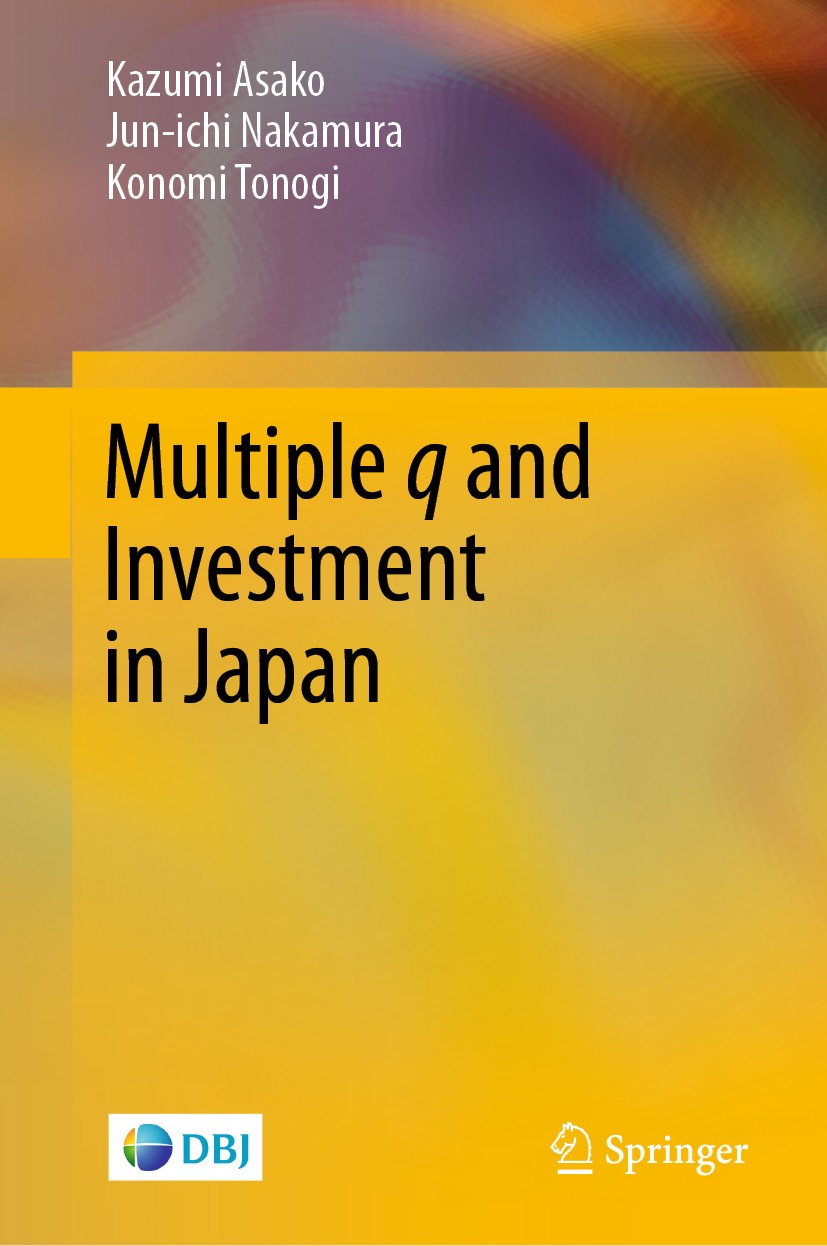| 书目名称 | Multiple q and Investment in Japan | | 编辑 | Kazumi Asako,Jun-ichi Nakamura,Konomi Tonogi | | 视频video | http://file.papertrans.cn/642/641059/641059.mp4 | | 概述 | Employs and deepens a framework of the investment function that allows for the heterogeneity of capital goods.Capitals are grouped into different categories depending on the enterprise size and on the | | 图书封面 |  | | 描述 | .In this book, a framework of the investment function is developed that allows for the heterogeneity of capital goods, i.e., the Multiple q model, and investment behavior in Japan by employing this Multiple q framework is developed. The standard approach to investment behavior is Tobin‘s q theory in which the investment rate is a linear function of only the q ratio, or a firm‘s market value measured by its capital goods. As is well known, however, its empirical performance has been almost universally unsatisfactory. Thus the development of a new framework..The authors inquire into and statistically test null hypotheses set on such issues as (a) heterogeneity of multiple capital goods, (b) non-convex adjustment costs to inspire lumpy investment, (c) differences in the adjustment costs in accumulating capital stock through new purchases, second-hand market acquisitions, and large-scale repairs, and (d) capital market imperfections..The test results show that, irrespective of the time period, firms’ size, and the industry to which firms belong, (a) multiple capital goods are not homogeneous, (b) some firms face adjustment cost structures that eventually lead to occasional lumpy inves | | 出版日期 | Book 2020 | | 关键词 | Investment Behavior; Adjustment Cost; Tobin‘s q; Heterogeneous Capital; Multiple q; Lumpy Investment | | 版次 | 1 | | doi | https://doi.org/10.1007/978-981-15-2981-8 | | isbn_softcover | 978-981-15-2983-2 | | isbn_ebook | 978-981-15-2981-8 | | copyright | Development Bank of Japan 2020 |
The information of publication is updating

|
|
 |Archiver|手机版|小黑屋|
派博传思国际
( 京公网安备110108008328)
GMT+8, 2025-12-30 00:03
|Archiver|手机版|小黑屋|
派博传思国际
( 京公网安备110108008328)
GMT+8, 2025-12-30 00:03


